The large spiny eels of the Mastacembelus armatus complex are found practically throughout South and Southeast Asia. Within this huge distribution area very differently patterned animals occur. Some of them have been scientifically described as independent species, such as the very strikingly colored spiny eel with the large, circular spots on its flanks. It was described as early as 1923 as a variant “favus” of M. armatus, later accepted by some ichthyologists as an independent species M. favus. This has been contradicted by other ichthyologists. Recent DNA studies show that M. favus from Vietnam is clearly different from M. armatus, whose DNA is deposited in an international gene database. Unfortunately, it is not clear who determined the “real” M. armatus in the gene database and whether this determination is correct – a shortcoming that many DNA-based studies have.
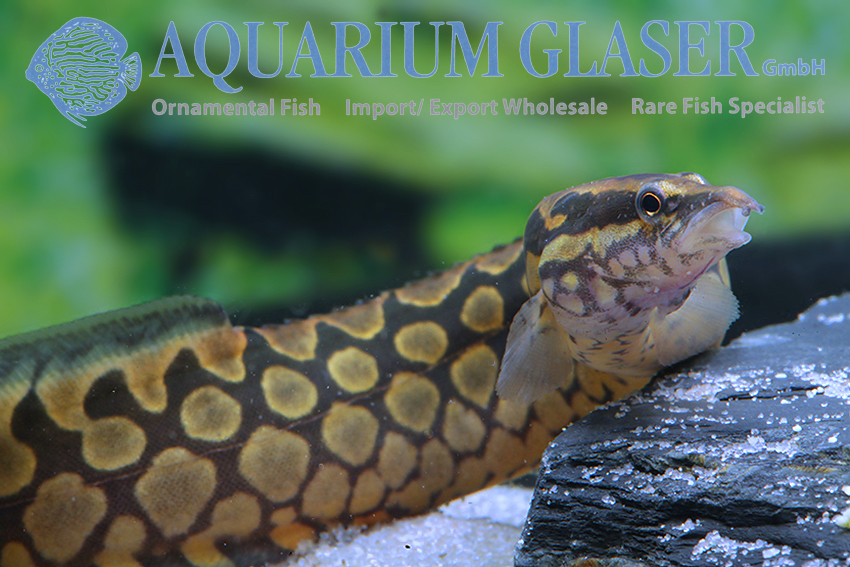
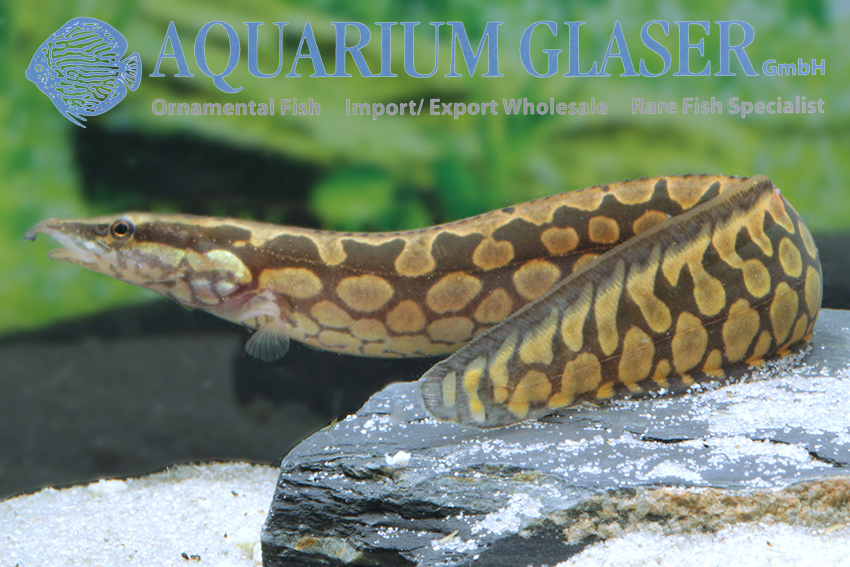
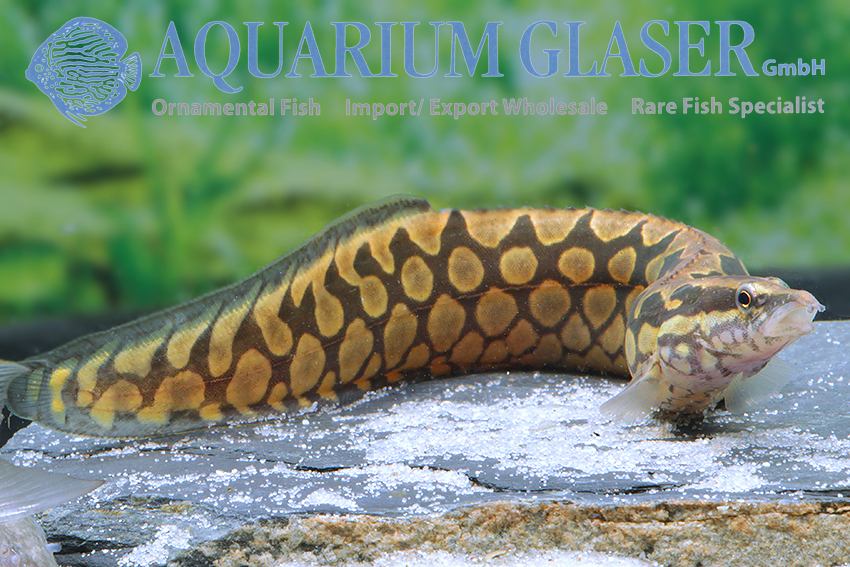
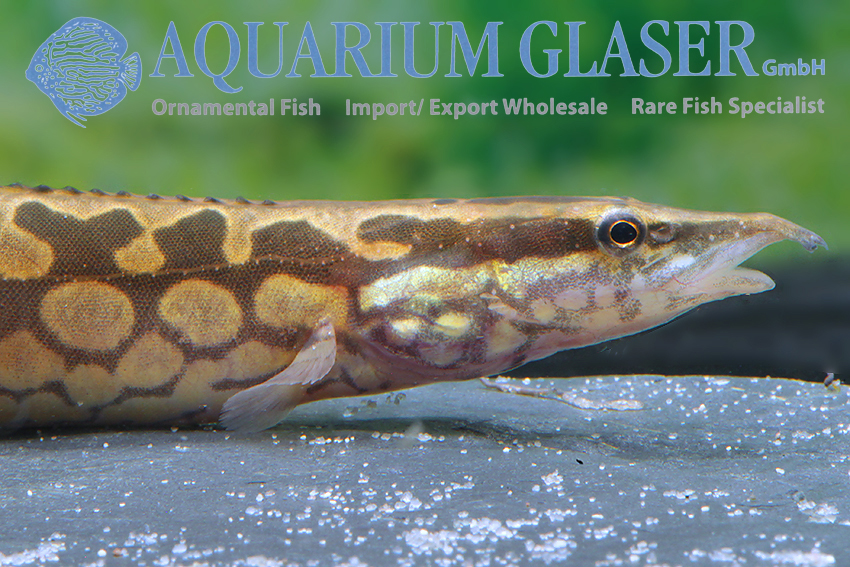
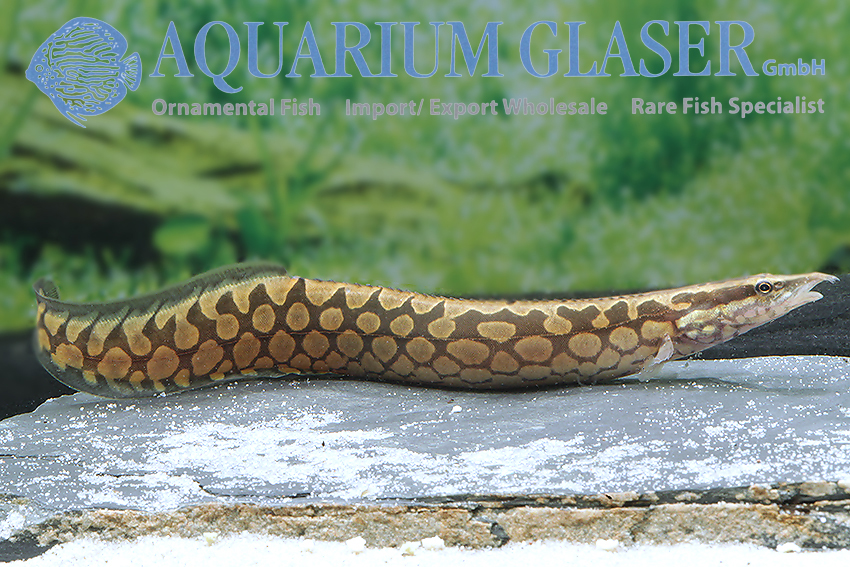
All large spiny eels of this group can probably reach around 90 cm in length, even if only very rarely such large specimens are known. Usually they become 50-70 cm long. Similar to snakes, spiny eels do not require particularly large tanks, their physique always allows them sufficient freedom of movement to remain physically and mentally healthy. As a guideline, the tank length should be 1.5 – 2 times the body length, the tank depth 0.5 – 1 times and the height 30-60 cm, depending on the size of the specimen; younger animals need more space than larger ones, they are more agile and have a higher metabolism. Among themselves, the animals are peaceful, often even gregarious. They are predators, feeding only on strong live and frozen foods, and consider small fish and shrimp as food. Spiny eels are free spawners without brood care, external sex differences are unknown, however males generally remain smaller and are considerably slimmer in build.
For our customers: the mentioned spiny eels have code 426302 on our stocklist. Please note that we only supply wholesale.
Text & photos: Frank Schäfer




